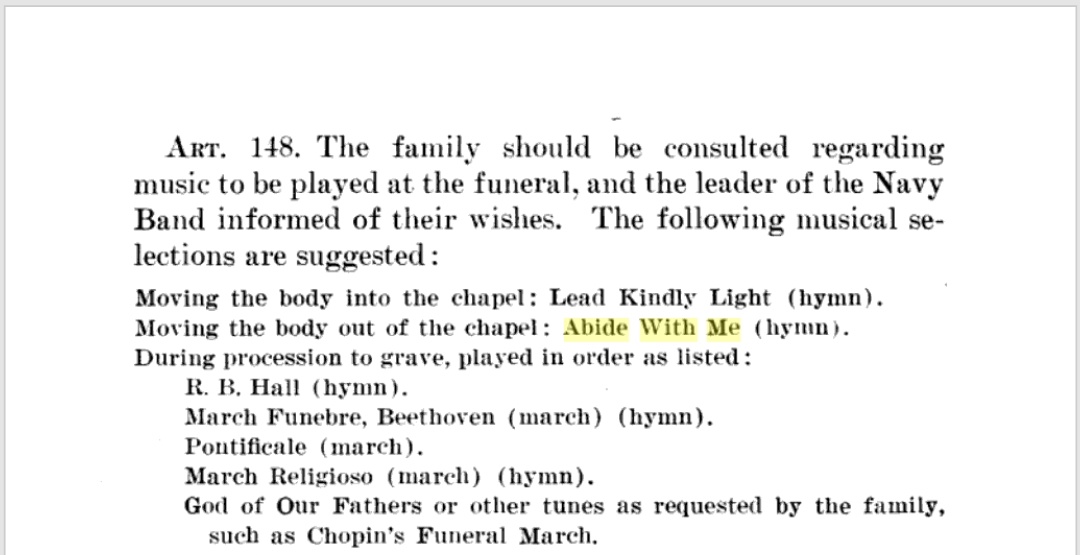
Flag of the Scindia Steam Navigation Company.
Established in 1919 by Walchand Hirachand Doshi.
#Swastika
Established in 1919 by Walchand Hirachand Doshi.
#Swastika

Walchand Hirachand started from the small town of Solapur (in 1920 it was definitely a small town) and became one of India's foremost industrialists.
Unfortunately our intellectual class looks down upon Industrialists and Wealth makers.
Unfortunately our intellectual class looks down upon Industrialists and Wealth makers.
If not for people like Walchand , Birlas and Tatas - India would have no Industrial base once the British left.
Walchand managed to put up a valiant fight against the British Ship industry destroying weapon called Deferred Rebate.
Shippers could avail a rebate (money back scheme) on their freight only if they showed 12 months of loyalty to British India Steam Navigation Company.
Shippers could avail a rebate (money back scheme) on their freight only if they showed 12 months of loyalty to British India Steam Navigation Company.

If they decided to forego the rebate, British firms ensured that such shippers would be boycotted by the entire cartel of British firms.
The rice grown in Burma was transported by British firms.
Walchand Hirachand decided to step into this trade.
Response was as expected - the British companies cartel slashed freight rates from Rs 18 to Rs 6 per ton.
The Empire's " fairplay " and " justice " at work.
Walchand Hirachand decided to step into this trade.
Response was as expected - the British companies cartel slashed freight rates from Rs 18 to Rs 6 per ton.
The Empire's " fairplay " and " justice " at work.
Moreover , any trader doing any kind of trade with Walchand was refused this rate.
That was the end of the Burma venture but for two Indians in Burma- Seth Mulji Dharamsey and Sir Abdul Karim Jamal
Who, mainly AKJ, at great personal risk shipped their cargo on Scindia ships.
That was the end of the Burma venture but for two Indians in Burma- Seth Mulji Dharamsey and Sir Abdul Karim Jamal
Who, mainly AKJ, at great personal risk shipped their cargo on Scindia ships.
Both came in for immense pressure, and Seth Dharamsey buckled as he saw his profits evaporate.
Abdul Karim Jamal held out, but the British Govt pulled put some old litigation of Rs 8 lakh, burying him too.
British cartels were burying Indian shippers + rice merchants.
Abdul Karim Jamal held out, but the British Govt pulled put some old litigation of Rs 8 lakh, burying him too.
British cartels were burying Indian shippers + rice merchants.
Walchand Hirachand overcame the Shipping Ring formula which had levelled 100 companies prior to him by flaoting his own Rice trading company in Burma ! Alongwith Narottam Morarjee, he became Trader + Shipper.
• • •
Missing some Tweet in this thread? You can try to
force a refresh













